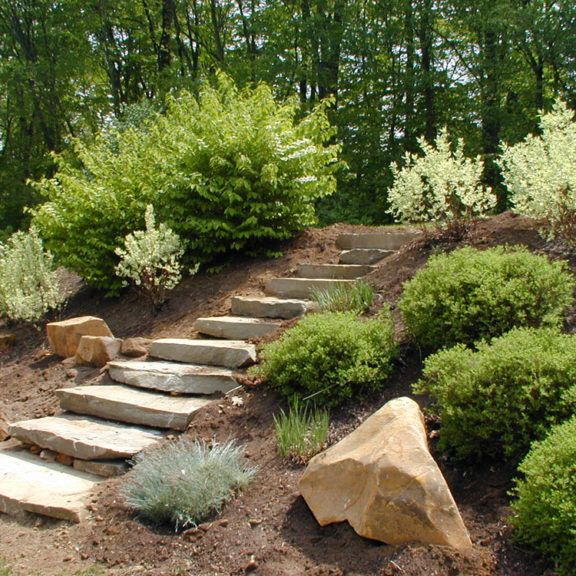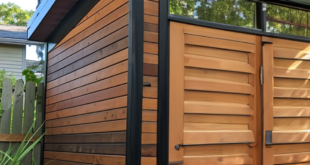Landscaping a hill can be a challenging but ultimately rewarding project. The natural slope of a hill can present unique opportunities for creating a beautiful outdoor space, but it also comes with its own set of obstacles to overcome.
One of the first considerations when landscaping a hill is erosion control. Because of the slope, rainwater can easily wash away soil and plants if proper measures are not taken. Terracing, retaining walls, and ground covers are all effective ways to prevent erosion and stabilize the hillside.
In addition to erosion control, it’s important to consider the overall design of the landscaping. The slope of the hill can be used to create visual interest and add dimension to the space. Incorporating elements such as paths, steps, and planting beds can help break up the monotony of a steep incline and create a more dynamic and visually appealing landscape.
Choosing the right plants for a hillside garden is another important consideration. Plants that are able to thrive in the conditions of a slope, such as those with deep root systems or low water requirements, will be more likely to succeed in this environment. Ground covers, ornamental grasses, and drought-tolerant perennials are all great options for landscaping a hill.
Maintenance is also an important factor to keep in mind when landscaping a hill. Because of the slope, mowing, weeding, and plant care can be more challenging on a hillside. Consider using mulch, ground covers, or even installing an irrigation system to help make maintenance easier and more manageable.
Finally, don’t be afraid to get creative and think outside the box when landscaping a hill. Incorporating features such as rock gardens, water features, or outdoor seating areas can help turn a steep incline into a unique and inviting outdoor space. With careful planning and attention to detail, landscaping a hill can transform a challenging terrain into a beautiful and functional landscape that you can enjoy for years to come.















